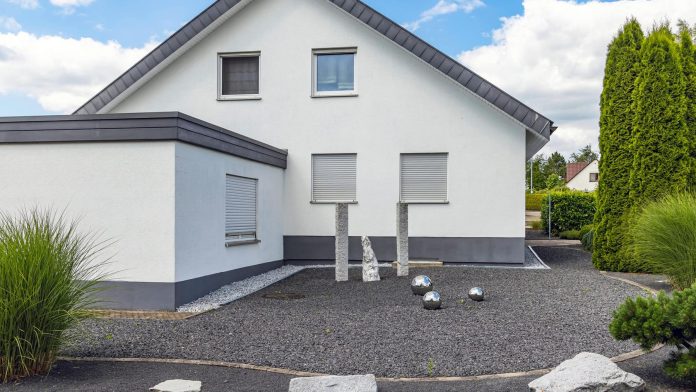It is easy to care for, but a thorn in the side of many people – and sometimes even forbidden: the gravel garden. One federal state has now revised the ban.
Front gardens that consist of gravel and gravel instead of lawns and beds are easy to maintain. However, they are hostile to insects, birds and hedgehogs. For this reason, gravel and gravel gardens are banned in many places. The regulations vary from state to state and can be found in the respective state building regulations. What all 16 state building regulations have in common, however, is that exposed, undeveloped areas must be able to absorb water or must be left as is and, furthermore, that these areas must be covered with greenery.
Change in the state building regulations
One federal state has tightened the regulations again: North Rhine-Westphalia. Most state building regulations did not mention what is meant by “leaving water-absorbent” and “greening”. For this reason, the following wording has now been added to the federal state law: “Gravelling for the design of green areas and artificial turf do not represent any other permitted use [….] Anyone who understands “greening” as the laying of artificial turf or believes that gravel and gravel do not impair the water absorption capacity of the soil will now be proven wrong.
If it is not possible to plant greenery in the exposed areas, you will have to plant in the buildings that stand on them instead. This can be done, for example, in the form of a green roof.
The new regulation applies from January 1, 2024.
This threatens if there is a violation
Anyone who relies on gravel or artificial turf despite the ban is committing an administrative offense. He then has to expect a fine. But that’s not all. The dismantling or conversion of the area is also ordered by the public order offices. And this is also relatively expensive.
Incidentally, an objection is rarely worthwhile. Because you usually have to take legal action against the city or the state building regulations – and that is expensive and time-consuming.


